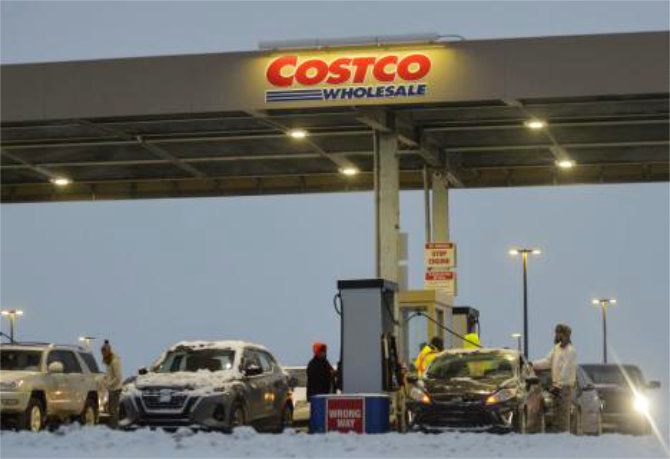Oil in 2022: Supply to exceed demand; surplus likely to build

https://arab.news/9hwdp
2021 was a good year for all and the OPEC+ managed markets well to maintain a balance and oil inventories low.
The scene in 2022 will be driven by several factors such as COVID-19 and its variants’ impact on demand and economy, falling OPEC+ spare capacity, and some countries inability to meet their production quota, non-OPEC production hike especially from the US and Brazil, the release from strategic petroleum reserves from several countries, lower upstream investment, risk of disruptions in Libya and Iran’s nuclear talks.
Much of the supply momentum through the medium range is related to projects approved before the pandemic. The energy transition efforts will also have an impact on the market in the medium term due to underinvestment, which will cause volatility in prices.
However, demand will be stronger in the second half of the year, driven by a more robust recovery in global jet fuel demand. While the Middle East, Asia, and Latin America will surpass 2019 throughput levels, the recovery in Europe and the US will continue to lag.
Risks remain focused on the impact from the omicron variant, supply chain constraints, inflation trajectories, geopolitics, and central bank policies.
Prices are likely to be led by the resultant level of inventories and especially that of the US as it directly impacts the price movement.
Industry experts believe supply will exceed demand and surplus will again build up. This is why, the price level is likely to be lower than the average of Brent at $71 per barrel, which was achieved in 2021. Oil inventories for crude and key refined products have been drawing all year.
When comparing industry forecasts for 2022, the average demand growth will be around 3.9 million barrels per day while supply growth will be around 5.7 million barrels per day, which means a surplus of 1.8 million barrels per day adding pressure on that market and prices and may add to volatility. Shale will lead the expected growth in US production and is likely to reach its pre-pandemic levels by early 2023. The year 2021 has been a record year for mergers and acquisitions in the US shale.
Prices are likely to be led by the resultant level of inventories and especially that of the US as it directly impacts the price movement.
Mohammed Al-Shatti
Brent may not sustain contango in 2022 as inventories are projected to remain below 2019.
Natural gas prices remain high in Europe and Asia during the year. Global throughput is expected to rise next year, surging coronavirus infections will temper near-term runs. A lockdown in parts of China in response to rising viral infections is likely to have a significant impact.
Winter heating demand for gasoil and high natural gas prices to support near-term margins. With significant uncertainty surrounding both heating demand this winter and the impacts of omicron, refining margins are likely to continue on a roller coaster ride early in 2022. Although margins are expected to improve year-on-year in the second half of 2022.
Over the past few weeks, geopolitical supply risks were overshadowed by US’ SPR release and a 400,000 bpd OPEC+ increase for January. The next OPEC+ meeting is set for Jan. 4.
Overall, the near-term sentiment does not support sharp upward price movements, instead pressure mounts on prices.
• Mohammed Al-Shatti is a Kuwaiti oil analyst.










































